Search
Search Results
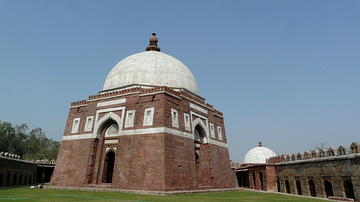
Image
Tomb of Ghiyasuddin Tughluq
The tomb in Delhi of Ghiyasuddin Tughluq (r. 1320-1325), Sultan of the Delhi sultanate and the founder of the Tughlaq dynasty.
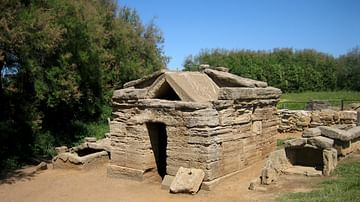
Definition
Populonia
Populonia (Etruscan name: Pupluna or Fufluna), located on the western coast of Italy, was an important Etruscan town which flourished between the 7th and 2nd century BCE. Rich in metal deposits and so noted for its production of pig iron...

Definition
Osiris
Osiris is the Egyptian Lord of the Underworld and Judge of the Dead, brother-husband to Isis, and one of the most important gods of ancient Egypt. The name `Osiris' is the Latinized form of the Egyptian Usir which is interpreted as 'powerful'...
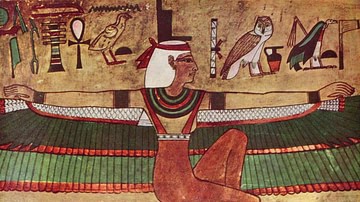
Definition
Isis
Isis is an ancient Egyptian goddess who became the most popular and enduring of all the Egyptian deities. Her name comes from the Egyptian Eset, ("the seat") which referred to her stability and also the throne of Egypt as she was considered...
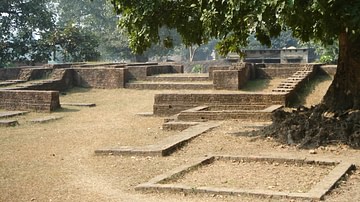
Definition
Kapilavastu
Kapilavastu (“Place of Kapila”) is the name of the city where Siddhartha Gautama (the Buddha, l. c. 563-483 BCE) grew up and lived for the first 29 years of his life before leaving to pursue the spiritual path which led to his enlightenment...
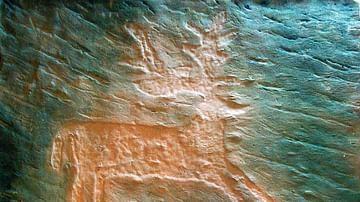
Article
Rock Drawings of Valcamonica
The rock drawings of Valcamonica are prehistoric petroglyphs carved in the glacier-polished, grey-purple Permian sandstone of the Camonica valley that extends for 90 km in the Italian provinces of Brescia and Bergamo in Lombardy. The name...
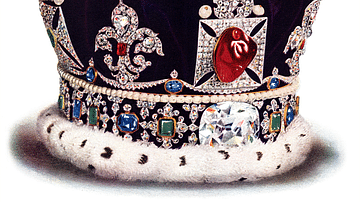
Definition
British Crown Jewels
The Crown Jewels of the monarchy of the United Kingdom of Great Britain and Northern Ireland are today kept in the Tower of London and date mostly to the 17th century, with a few later sparkling additions such as the Koh-i-Noor and Cullinan...
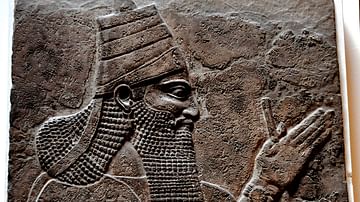
Definition
Tiglath Pileser III
Tiglath Pileser III (745-727 BCE) was among the most powerful kings of the Neo-Assyrian Empire and, according to many scholars, the founder of the empire (as opposed to the claims for Adad Nirari II (912-891 BCE) or Ashurnasirpal II (884-859...
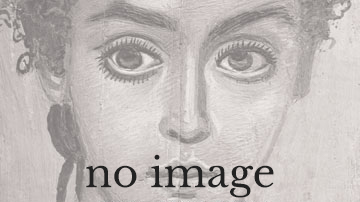
Article
The people of Iron Age Britain
The people of Iron Age Britain were physically very similar to many modern Europeans and there is no reason to suppose that all Iron Age Britons had the same hair colour, eye colour or skin complexion. Iron Age Britons spoke one or more Celtic...
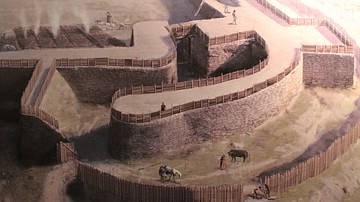
Definition
Oppidum
Celtic hilltop forts, often called oppida (sing. oppidum), after the Latin name given to larger settlements by the Romans, were built across Europe during the 2nd and 1st century BCE. Surrounded by a fortification wall and sometimes with...